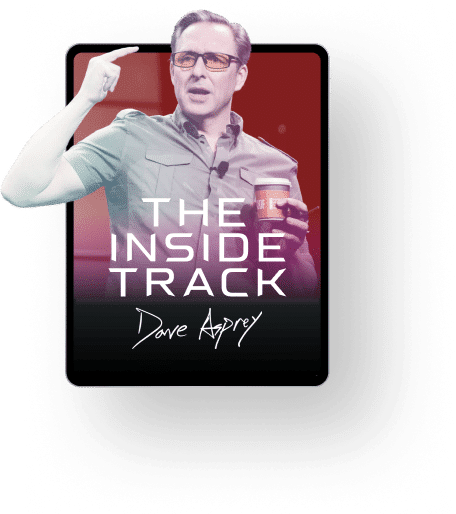And you thought there was no cure for a broken heart.
Scientists were able to repair tears in the hearts of mice using stem cells derived from the placenta.[ref url=”https://www.pnas.org/content/early/2019/05/14/1811827116″] A specific type of stem cell called Cdx2 cells selectively regenerated healthy heart cells, and restored the structure and function of the hearts of mice who had recently had heart attacks.
What’s particularly notable about this study is that it showed that Cdx2 cells were able to fly under the radar of the immune system, so the stem cells were not attacked as invaders before they arrived at injury sites to repair tissue. They efficiently targeted and fixed areas of damage.
This is huge, and the scientific community hasn’t even scratched the surface of what’s possible with stem cells.
Cdx2 cells are the cells that give rise to the placenta, the organ that grows in the womb alongside the baby to provide the baby with oxygen and nourishment. Scientists previously thought that Cdx2 cells were highly specialized and could only differentiate into placental cells, but this monumental study shows the potential for Cdx2 cells to grow other organs.
Stem cells as a biohack
 You might remember my super intense head-to-toe stem cell treatment I underwent in Utah. You can get a sneak peek into the procedure in this video.
You might remember my super intense head-to-toe stem cell treatment I underwent in Utah. You can get a sneak peek into the procedure in this video.
My heart and organs are fine, so why did I do it? In short, when I’m old, I don’t want to feel old. I intend to move and think like I do today, even when I’m 100 and beyond. I follow the Bulletproof Diet as the foundation for that, and I add in other treatments to stay young, like cryotherapy, hydrogen therapy, PEMF, ozone therapy… the list goes on. Stem cell treatments are another avenue to stay young.
RELATED: How Adult Stem Cells Stop Pain and Reverse Aging
Stem cells seem advanced and expensive, and even controversial. If you look at the history of stem cell treatments, you can see that that’s changing. It wasn’t long ago that you had to pack up your life savings and go overseas to get stem cells. Now, you have your pick of stem cell centers in the states.
And, you can get treatments for a few thousand dollars. It’s still pricey, but not crazy expensive like it used to be. As more and more clinics open, competition will increase and costs will fall even further, and as research develops, we’ll probably see more stem cell procedures being covered by insurance.
The body of knowledge around stem cells increases every day, and there’s no doubt you’re going to see a wider and wider range of stem cell applications as scientists learn more about their capabilities. We’re truly living in exciting times.
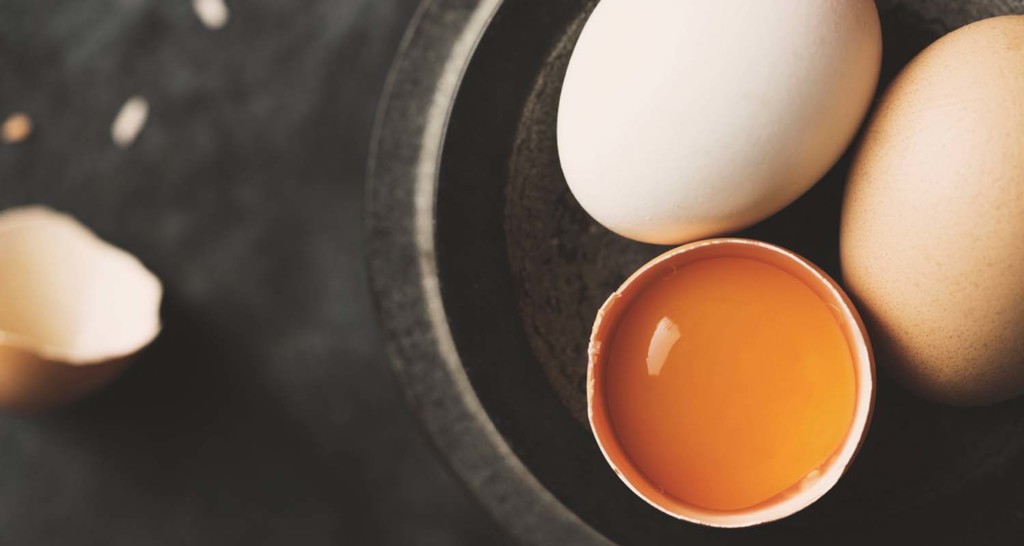



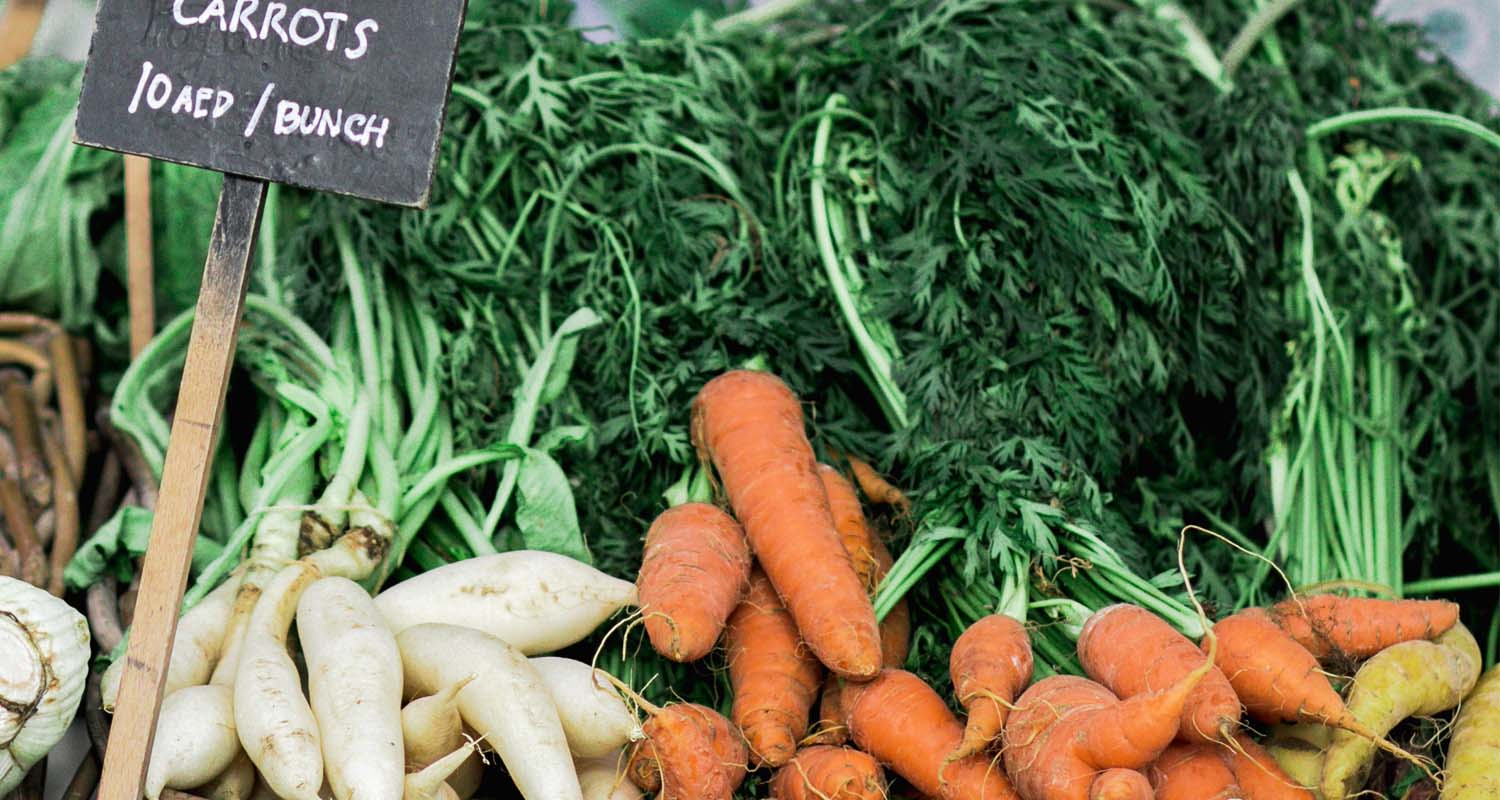 Around forty years ago, I bought into the mainstream perception that dietary animal fat was bad, and that animal source foods in general (especially red meat) should be consumed sparingly, if at all. Most of the propaganda in the health food stores I frequented in those days were rife with books and pamphlets on the many lofty virtues of vegetarianism and veganism as some established ideal.
Around forty years ago, I bought into the mainstream perception that dietary animal fat was bad, and that animal source foods in general (especially red meat) should be consumed sparingly, if at all. Most of the propaganda in the health food stores I frequented in those days were rife with books and pamphlets on the many lofty virtues of vegetarianism and veganism as some established ideal.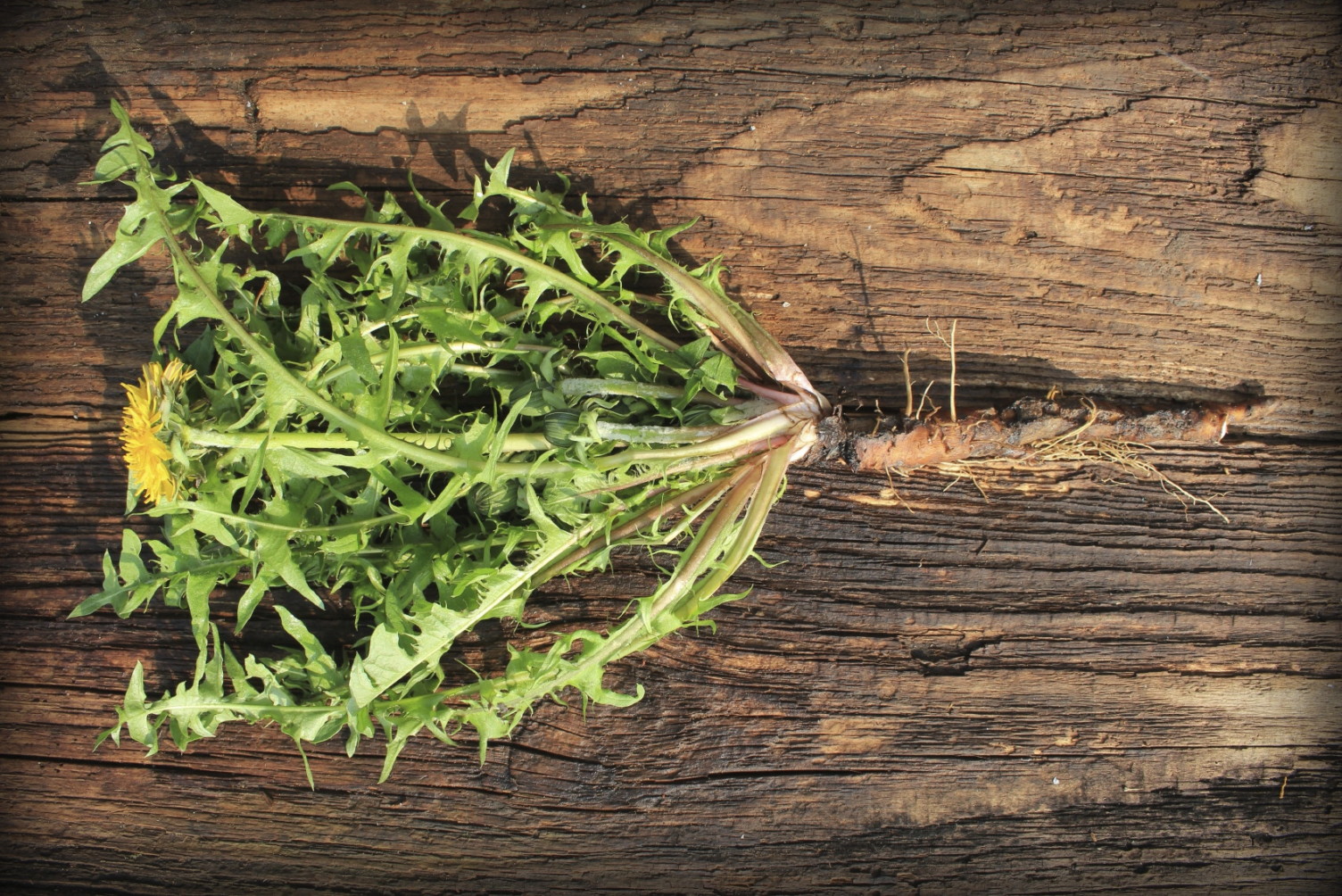 The vegetarian and vegan communities seem to be under the impression that our species has evolved from an herbivorous line, and that leaves and bananas are meant to be our most natural dietary staple. Conversely, nowadays meat eating is popularly perceived by many as being more of a modern-day aberration (or abomination, according to the most passionate proponents of the vegan diet).
The vegetarian and vegan communities seem to be under the impression that our species has evolved from an herbivorous line, and that leaves and bananas are meant to be our most natural dietary staple. Conversely, nowadays meat eating is popularly perceived by many as being more of a modern-day aberration (or abomination, according to the most passionate proponents of the vegan diet).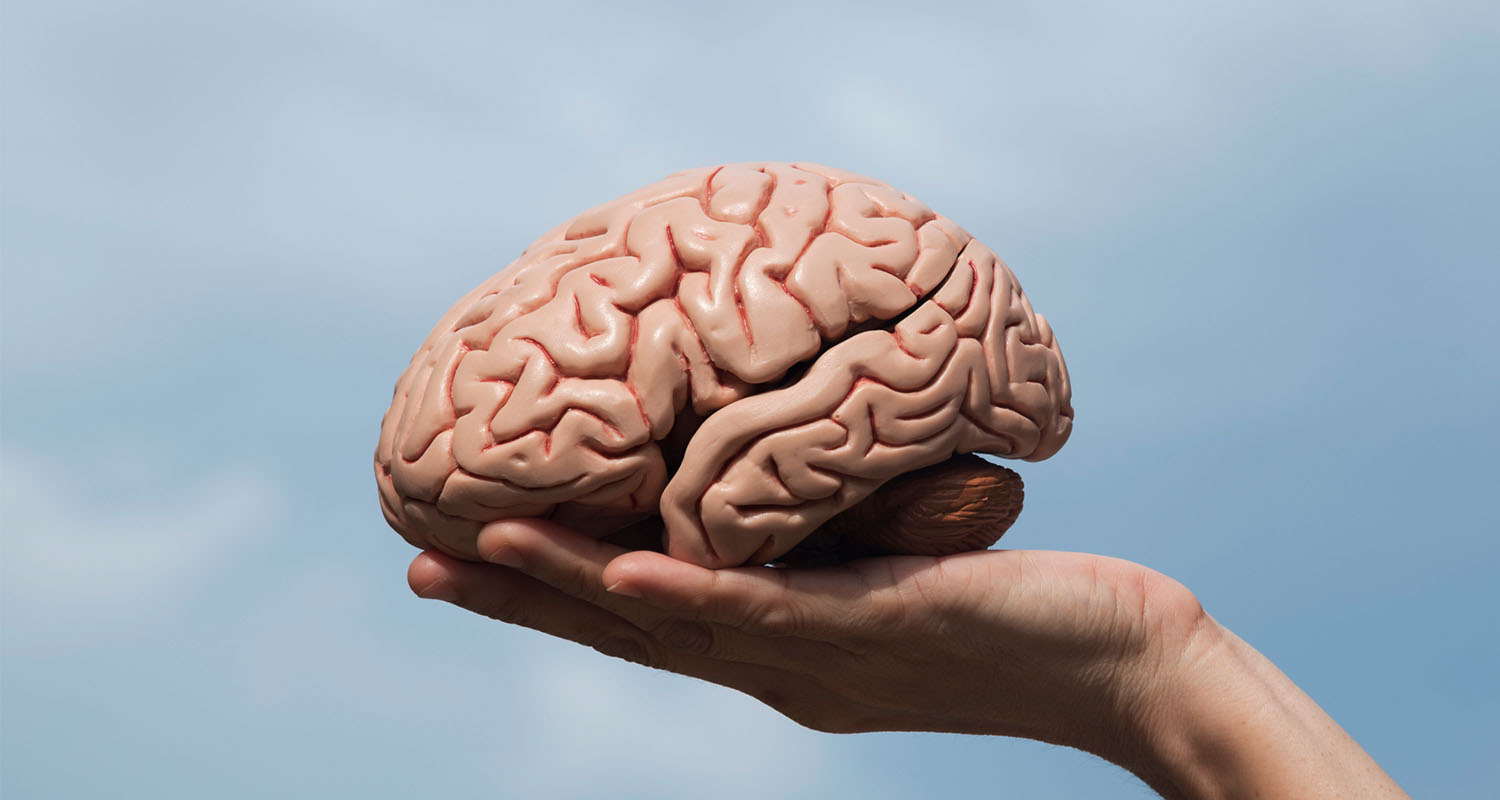 Some attribute cooking as the practice that made us human. Others say it was our increased consumption of starchy roots and tubers (much less grains or legumes) along the way. The most impactful practice that led to the brain architecture and capacity that we have today was our consistent consumption of the dietary fat of animals.
Some attribute cooking as the practice that made us human. Others say it was our increased consumption of starchy roots and tubers (much less grains or legumes) along the way. The most impactful practice that led to the brain architecture and capacity that we have today was our consistent consumption of the dietary fat of animals.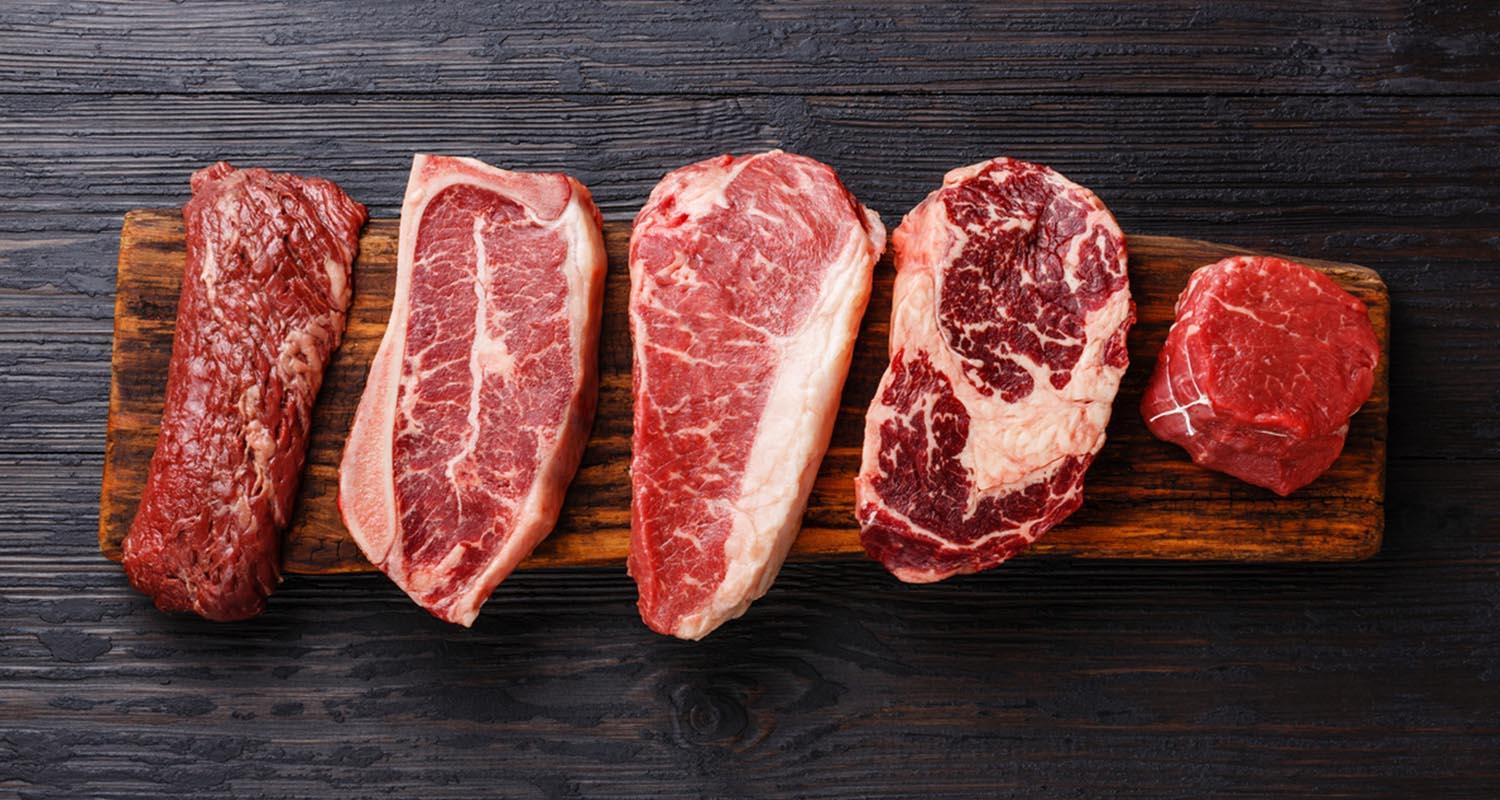 Around 2 million years ago, we first emerged as the genus, ‘Homo’, standing fully upright and having by then established a fully hunting-based dietary economy.[ref url=”https://journals.plos.org/plosone/article?id=10.1371/journal.pone.0062174″][ref url=”https://onlinelibrary.wiley.com/doi/abs/10.1002/%28SICI%291520-6505%281999%298%3A1%3C11%3A%3AAID-EVAN6%3E3.0.CO%3B2-M”] By this time, our brains were already double to triple that of our closest primate ancestor (the chimpanzee). From there, our hominid brain nearly doubled again by roughly 200,000 years ago when we finally emerged as Homo sapiens for the first time.[ref url=”https://www.jstor.org/stable/41464021?seq=1#page_scan_tab_contents”]
Around 2 million years ago, we first emerged as the genus, ‘Homo’, standing fully upright and having by then established a fully hunting-based dietary economy.[ref url=”https://journals.plos.org/plosone/article?id=10.1371/journal.pone.0062174″][ref url=”https://onlinelibrary.wiley.com/doi/abs/10.1002/%28SICI%291520-6505%281999%298%3A1%3C11%3A%3AAID-EVAN6%3E3.0.CO%3B2-M”] By this time, our brains were already double to triple that of our closest primate ancestor (the chimpanzee). From there, our hominid brain nearly doubled again by roughly 200,000 years ago when we finally emerged as Homo sapiens for the first time.[ref url=”https://www.jstor.org/stable/41464021?seq=1#page_scan_tab_contents”] The cataclysmic birth of the Holocene tragically led to the sudden mass extinction of more than half of the planet’s megafauna species (particularly the largest and fattiest of them), leaving us with much smaller, leaner prey that was much more fleet of foot. Even so, our Neolithic hunting ancestors never lost their preference for animal fat as their most coveted dietary staple.
The cataclysmic birth of the Holocene tragically led to the sudden mass extinction of more than half of the planet’s megafauna species (particularly the largest and fattiest of them), leaving us with much smaller, leaner prey that was much more fleet of foot. Even so, our Neolithic hunting ancestors never lost their preference for animal fat as their most coveted dietary staple.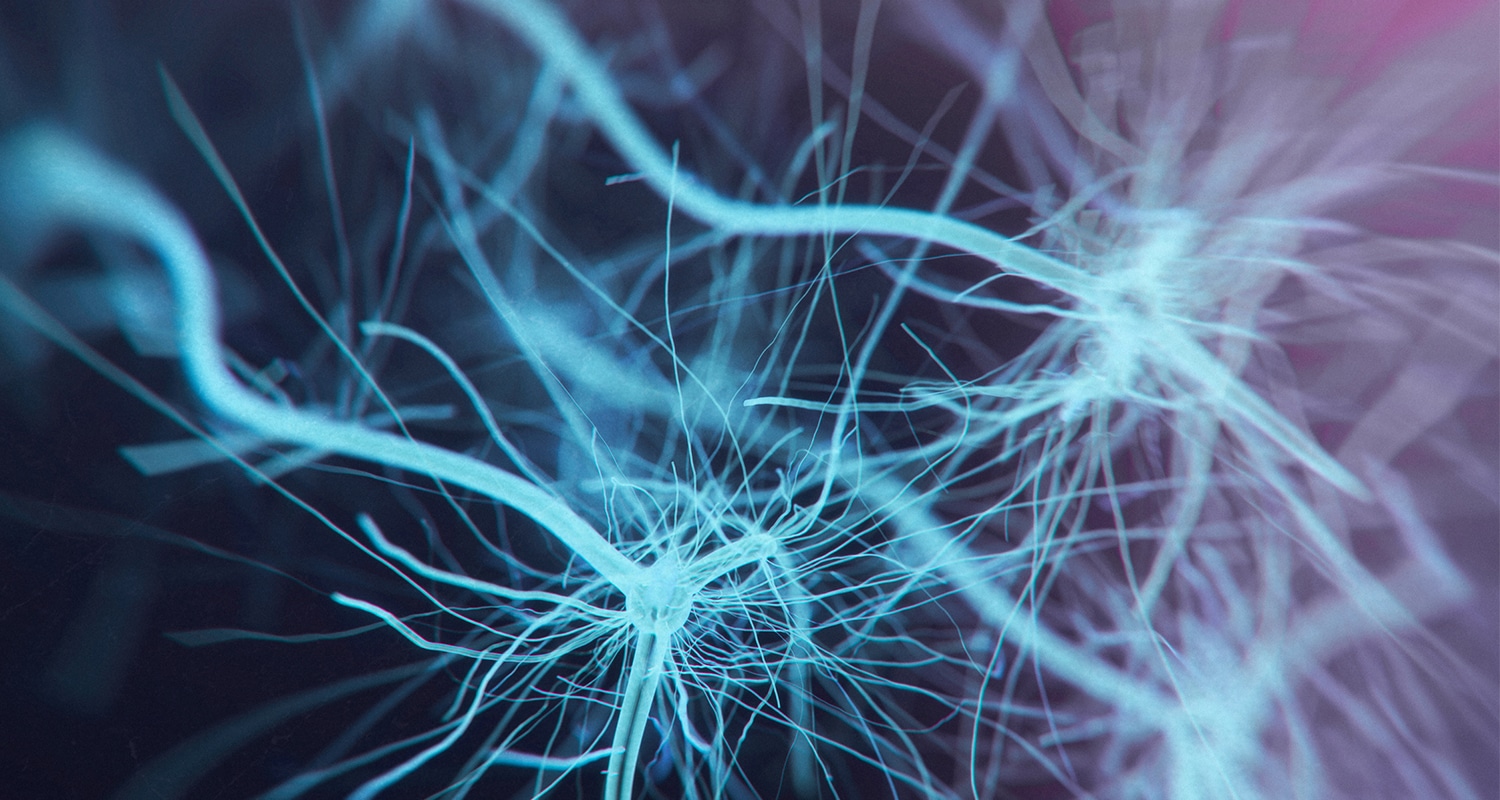 An adult human brain utilizes an estimated 20-30% of our total human caloric energy demand,[ref url=”https://www.sciencedirect.com/science/article/pii/S1550413111004207″] making it very, very expensive in energy terms. A baby’s brain requires closer to 85% of total energy, the brains of young children require 45-50% of total energy. For perspective, consider that the brains of other primates use no more than about 8% of their total caloric energy demands.
An adult human brain utilizes an estimated 20-30% of our total human caloric energy demand,[ref url=”https://www.sciencedirect.com/science/article/pii/S1550413111004207″] making it very, very expensive in energy terms. A baby’s brain requires closer to 85% of total energy, the brains of young children require 45-50% of total energy. For perspective, consider that the brains of other primates use no more than about 8% of their total caloric energy demands.